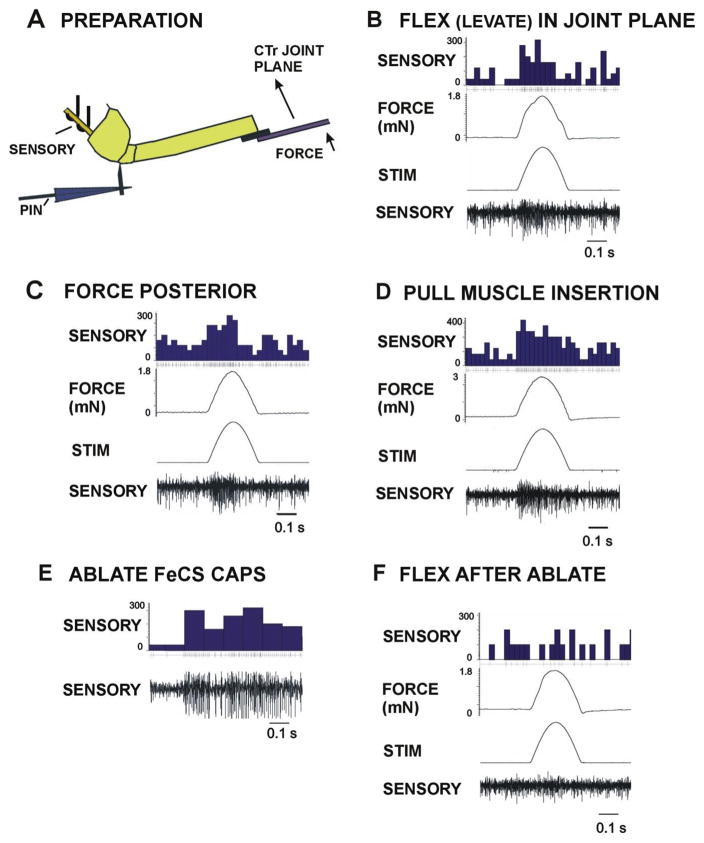Fig. 6. Responses of stick insect femoral campaniform sensilla to imposed forces.
A. Preparation. The coxa of an intact stick insect left middle leg was mounted via staples and distal segments removed at the femoro-tibial joint. Forces (FORCE) were applied to the distal femur in different directions with movement is resisted by a pin (PIN) inserted into the proximal trochanter. The pin was attached to a motor to mimic contractions of the depressor muscle. Sensory activity was recorded from the main leg nerve with oil hook electrodes (SENSORY) proximal to the coxa (nerve crushed proximally). All trochanteral groups were ablated but the FeCS remained intact. B. Flexion (Levation) in the coxo-trochanteral joint plane – Forces applied to distal femur in the plane of movement of the CTr joint produced intense sensory discharges. C. Forces perpendicular (posterior) to the joint plane – Vigorous firing was also obtained to forces perpendicular to joint plane applied in a posterior direction. D. Pull on depressor insertion – Forces applied at the depressor insertion (via the pin and motor) also produced sensory discharges of similar amplitudes. E. Ablations of the caps of the femoral campaniform sensilla produced intense firing. F. No sensory responses were seen when forces were applied to the leg after cap ablation. (Sensory histograms in CD: potentials/second).

